The best low-maintenance indoor plants to easily freshen up your home
These low-maintenance indoor plants add a lot of homey warmth without a lot of work
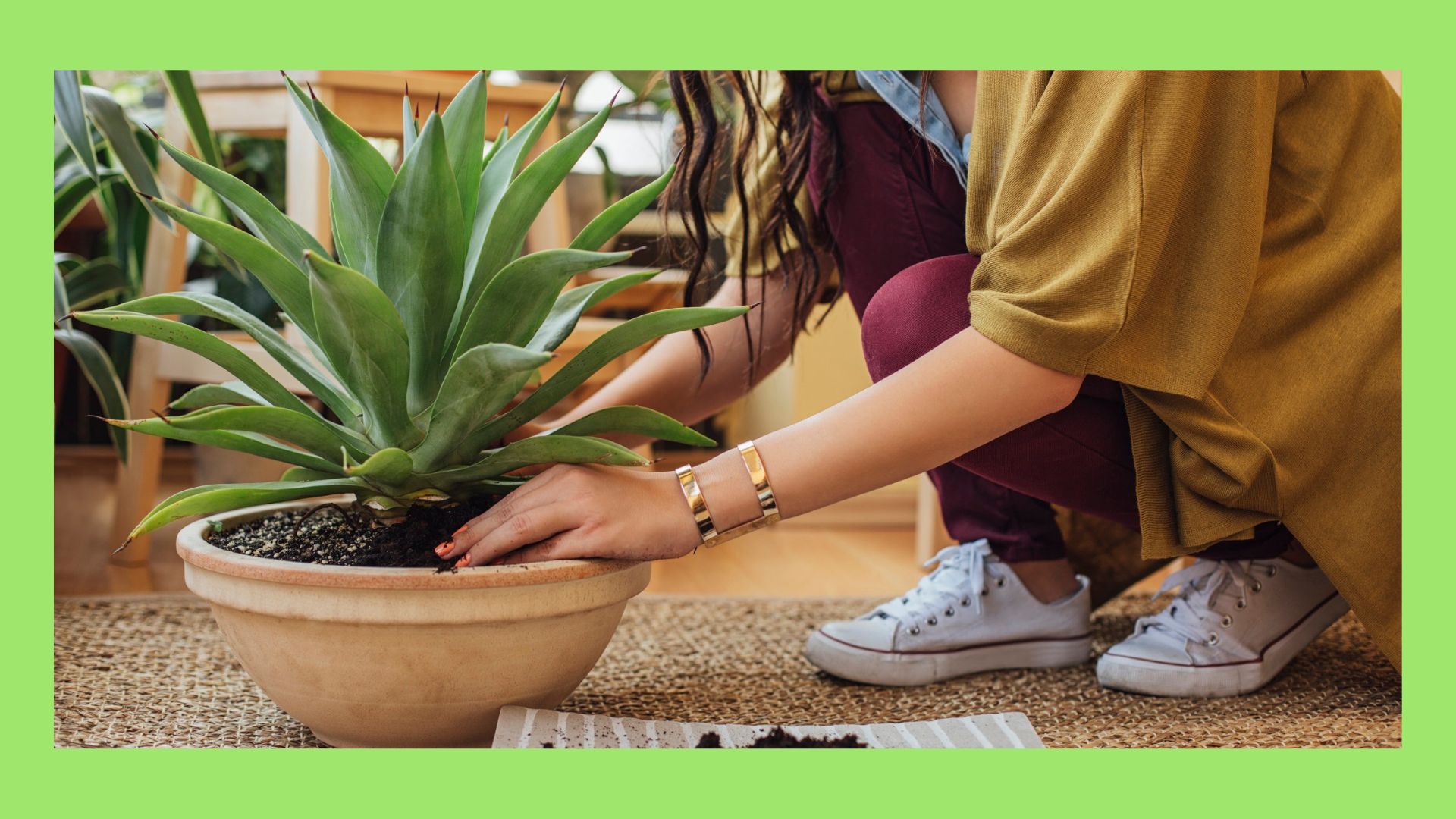

The best low-maintenance indoor plants are precisely the ones you should get for your home—not only are they easy to care for, but they also require low amounts of sunlight, making them perfect for smaller apartments with few windows. (Consider them one of our favorite small room ideas around and one of the easiest ways to fashion yourself a healthy home.)
This list of the best houseplants also includes a pet-friendly option and even one that lives in a jar—no watering required. Your local plant shop or home improvement store will likely have the cheapest options for all of these, but there are also sites such as The Sill and Plants.com that will deliver them to your door. Now all you have to do is think of a good name for your new plant!
Low-maintenance indoor plants to add to your home:
1. Monstera
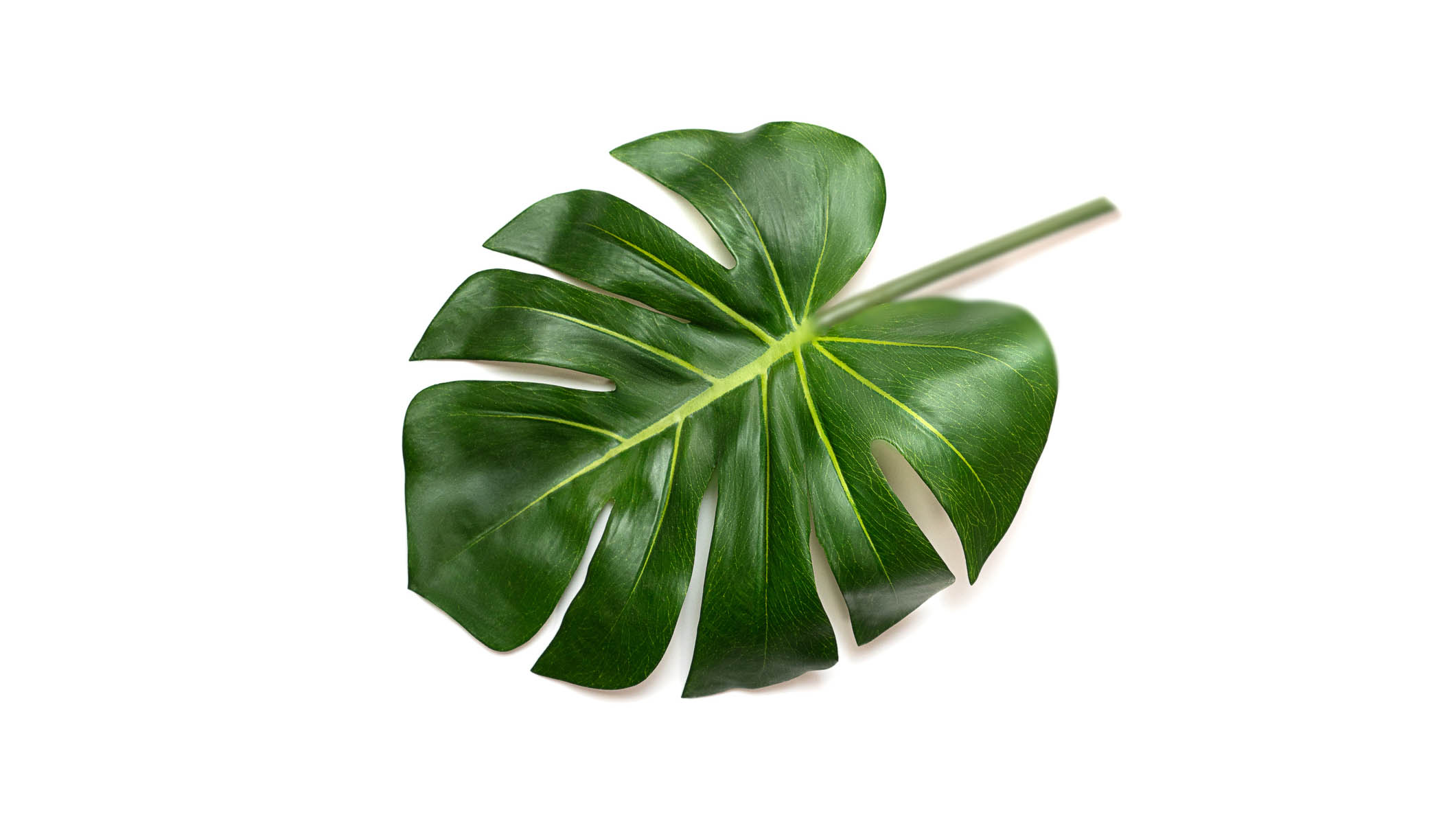
Monsteras may be the most classic indoor plant. It doesn’t do much, growing perforated leaves at a slow-and-steady rate. It doesn’t have any flowers or seeds, and leaves rarely drop off, so there’s a minimum amount of cleanup.
For even easier maintenance, they can be propagated in water, meaning that you can plop a stalk into a jar of water and it’ll start growing roots. Then, conveniently, you won’t have to water it; just top off the jar every few weeks.
You could also plant it in dirt and water it every week or two. And as with most indoor plants, underwatering is better than overwatering. Also, it likes indirect medium light, meaning you can put it adjacent to a window but don’t need to worry about direct sun exposure.
2. Aloe Vera
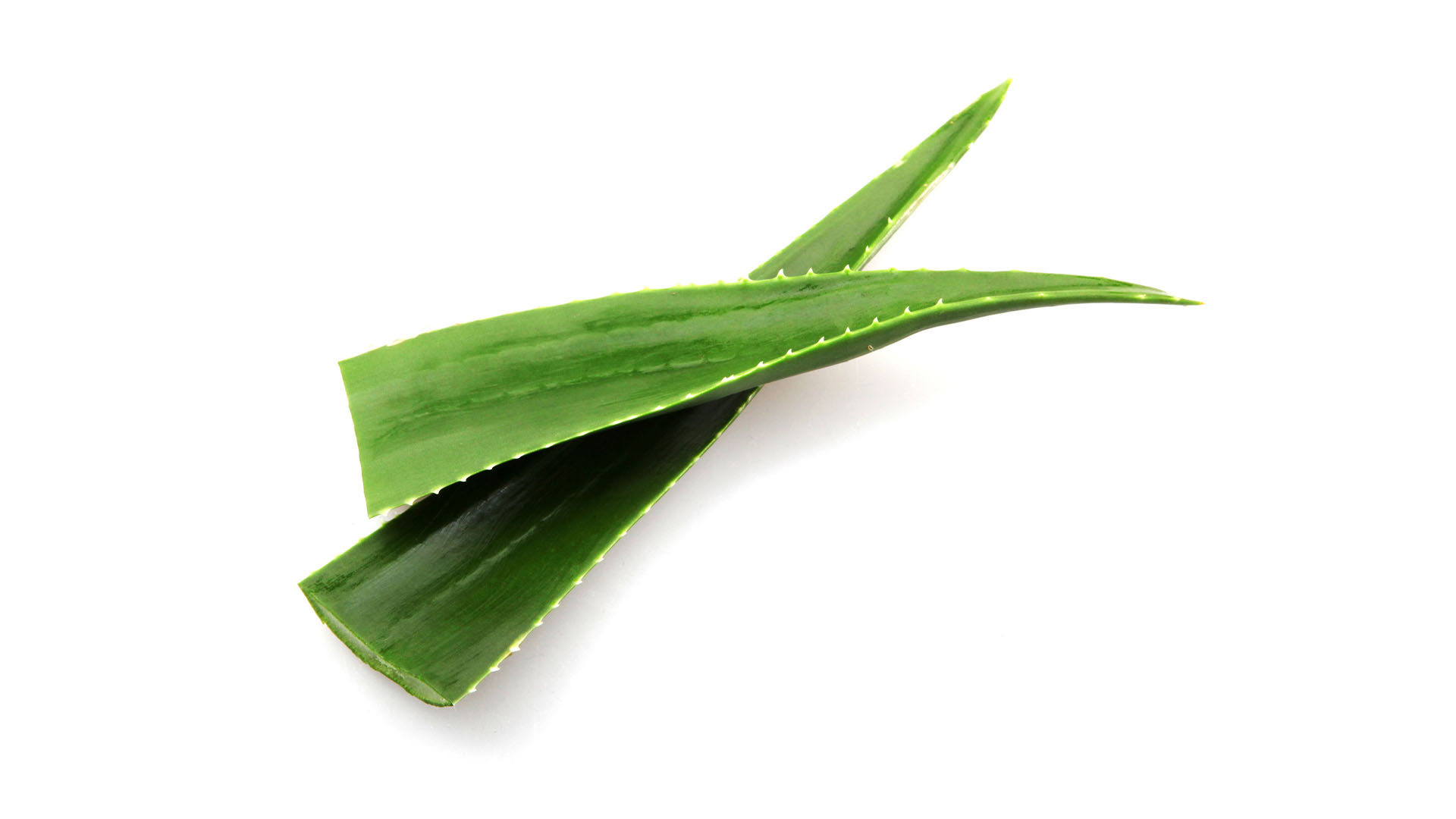
Succulents typically grow in the desert, which obviously means they don’t need much water or attention. Succulents and cacti (most cacti are also succulents, FYI) are known for hoarding water in their stems and leaves.
Aloe vera is a perfect example of a succulent that you can buy and then (mostly) forget about since it needs watering only once or twice a month. It likes bright sunlight, warm temperatures, and sandy soil, and it comes in a variety of sizes but doesn’t grow too rapidly. And if you slice open one of the chunky leaves, you’ll find the clear gelatinous liquid that’s used as a remedy for sunburns!
3. Marimo Moss Balls
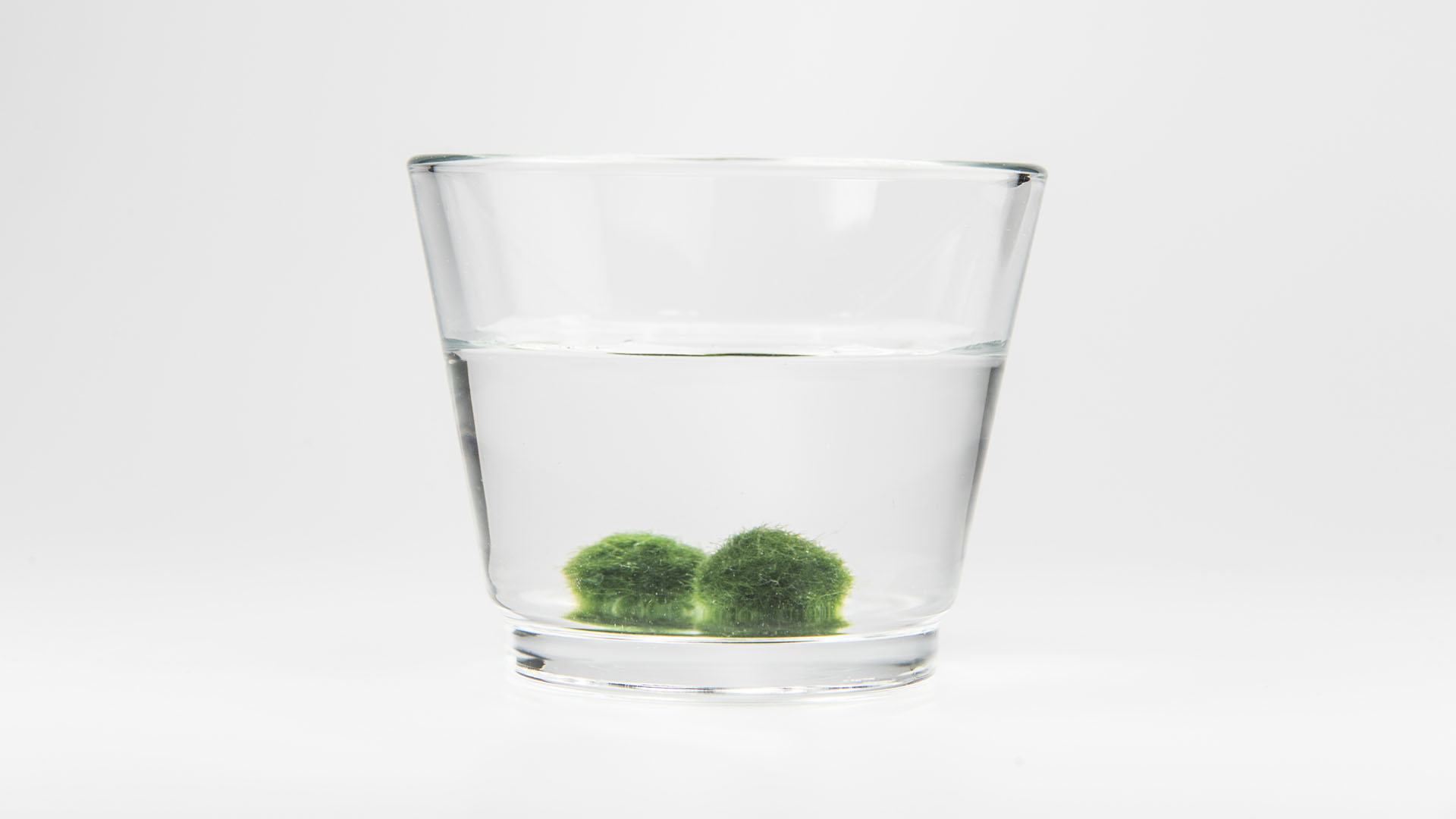
Technically this plant is not a plant at all, but a variety of algae. Still, marimo moss balls are green and ridiculously easy to care for, looking like fuzzy green pom-poms that’ll float in a jar of water or even a fish tank.
They don’t have seeds, flowers, or fruit; they don’t grow or blossom or change color. They just sit in the water and photosynthesize all day, and all you have to do is change the water once a week or so, before it starts getting murky.
Since their natural habitat is at the bottom of a lake, they prefer very low lighting. In fact, too much sunlight will fry them, so keep them in a cool or shady spot in your house.
4. Golden Pothos
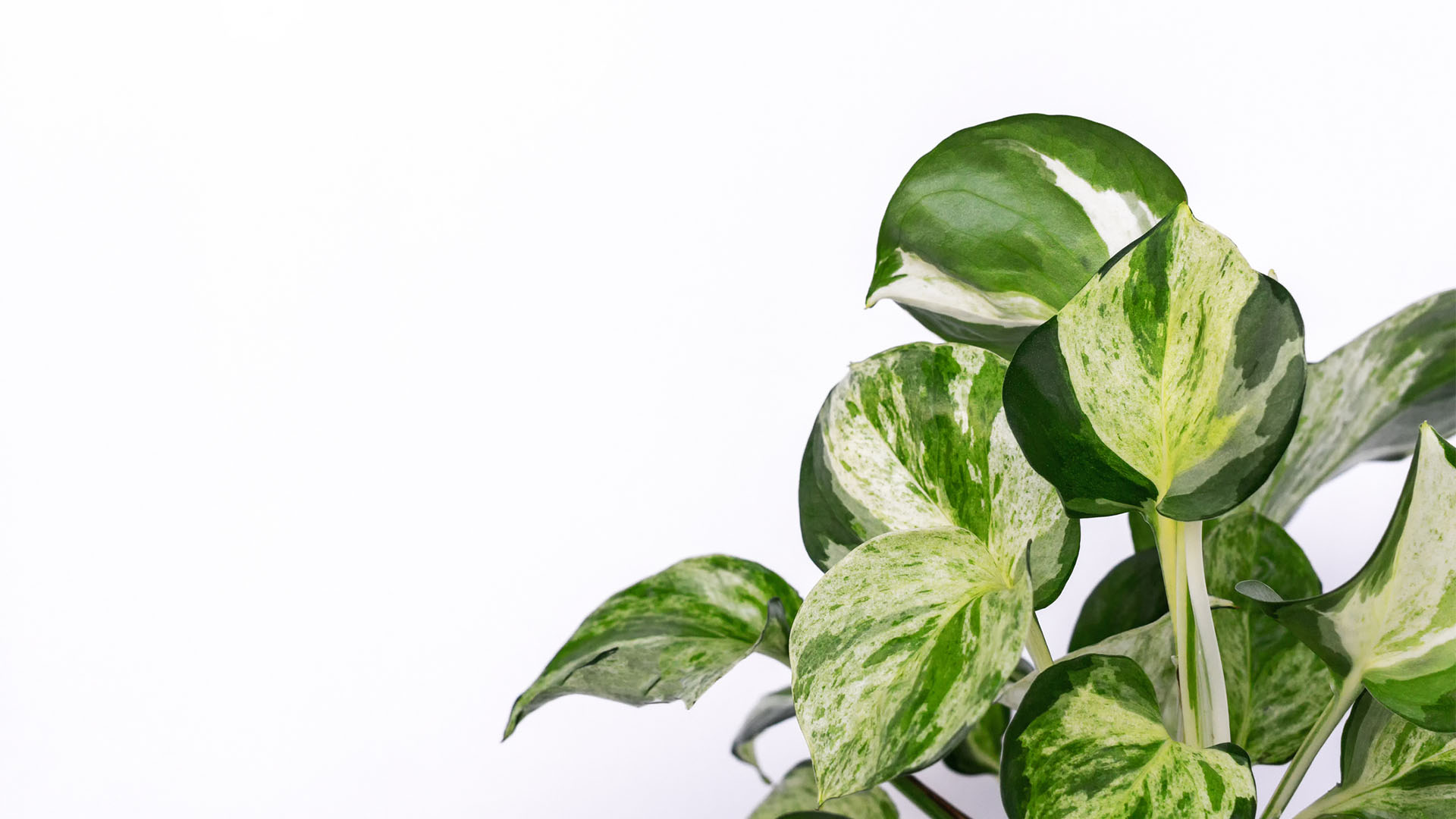
This plant goes by many names and colors: It’s also known as a money plant, silver vine, marble pothos, and devil’s ivy. Sometimes the leaves have golden or silver splotches on them, but overall, it looks like a generic green, leafy plant, and it’ll grow vines along a windowsill or up a plant pole. Either way, it’s happy in indirect bright light, or medium or low light is also cool, too.
Also, this plant is another one that’s great for propagating. All you have to do is snip off a stem and stick it in water, and roots and new leaves will show up before long. Easy. It’s not picky about temperature either, and if it’s in soil, just water it every week or two.
5. Zebrina Plant
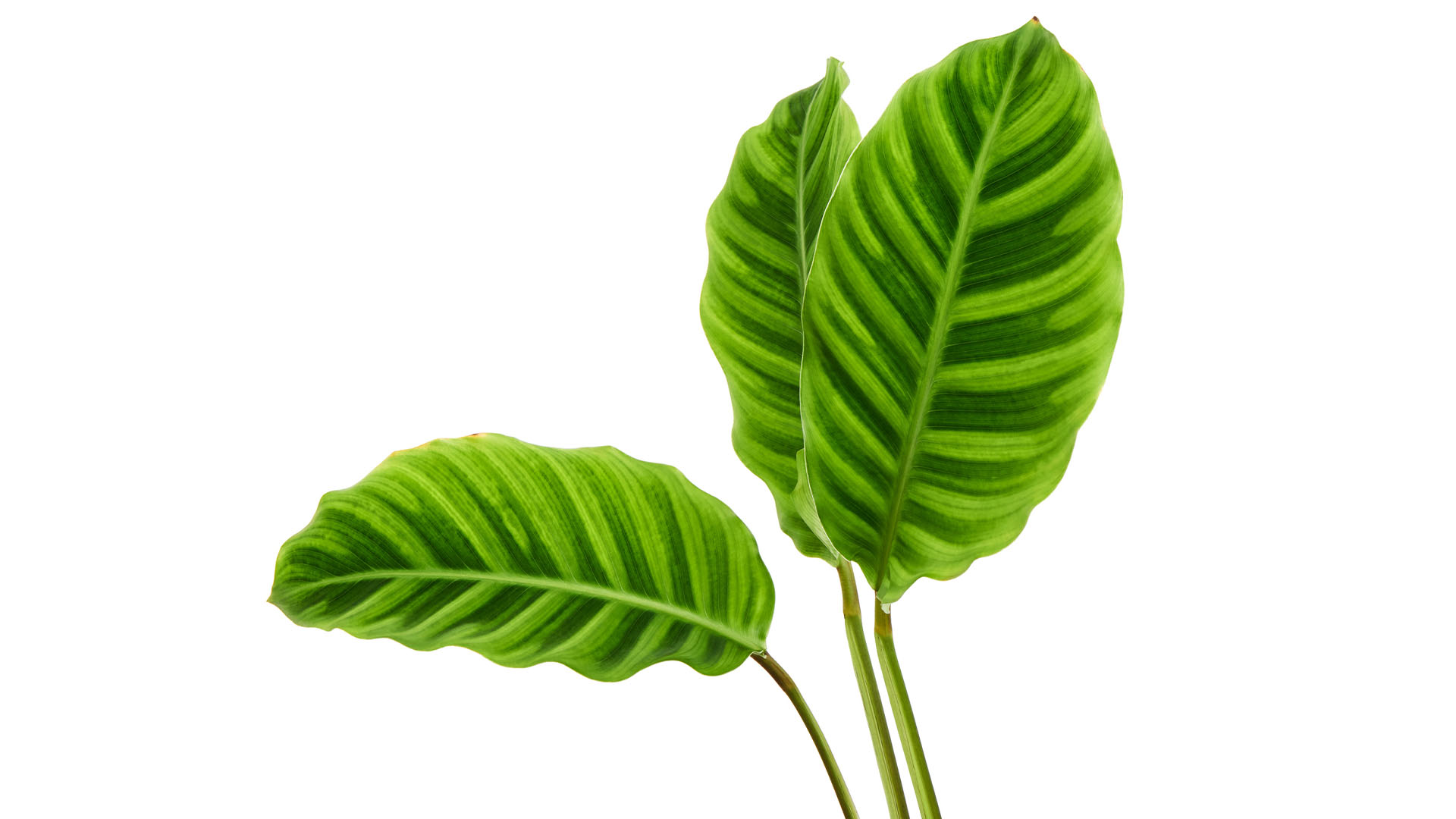
If you’re feeling a tiny bit adventurous, this is the plant for you: it has flowers!
Branching out from the other green options, the Tradescantia Zebrina (also called an inch plant or wandering dude) can grow little pink or purple flowers. The tri-petal florals match the dark purple stripes running along the length of the leaves. The more indirect sunlight it gets, the more purple there will be on the leaves—otherwise, the zebra stripes become more silver and forest green.
It can grow a bit faster than a pothos or monstera, shooting out new vines from a propagated stem on a weekly basis. It’ll also grow in dirt, and as usual, water it about once a week or two, or whenever the soil gets dry.
6. Snake Plant
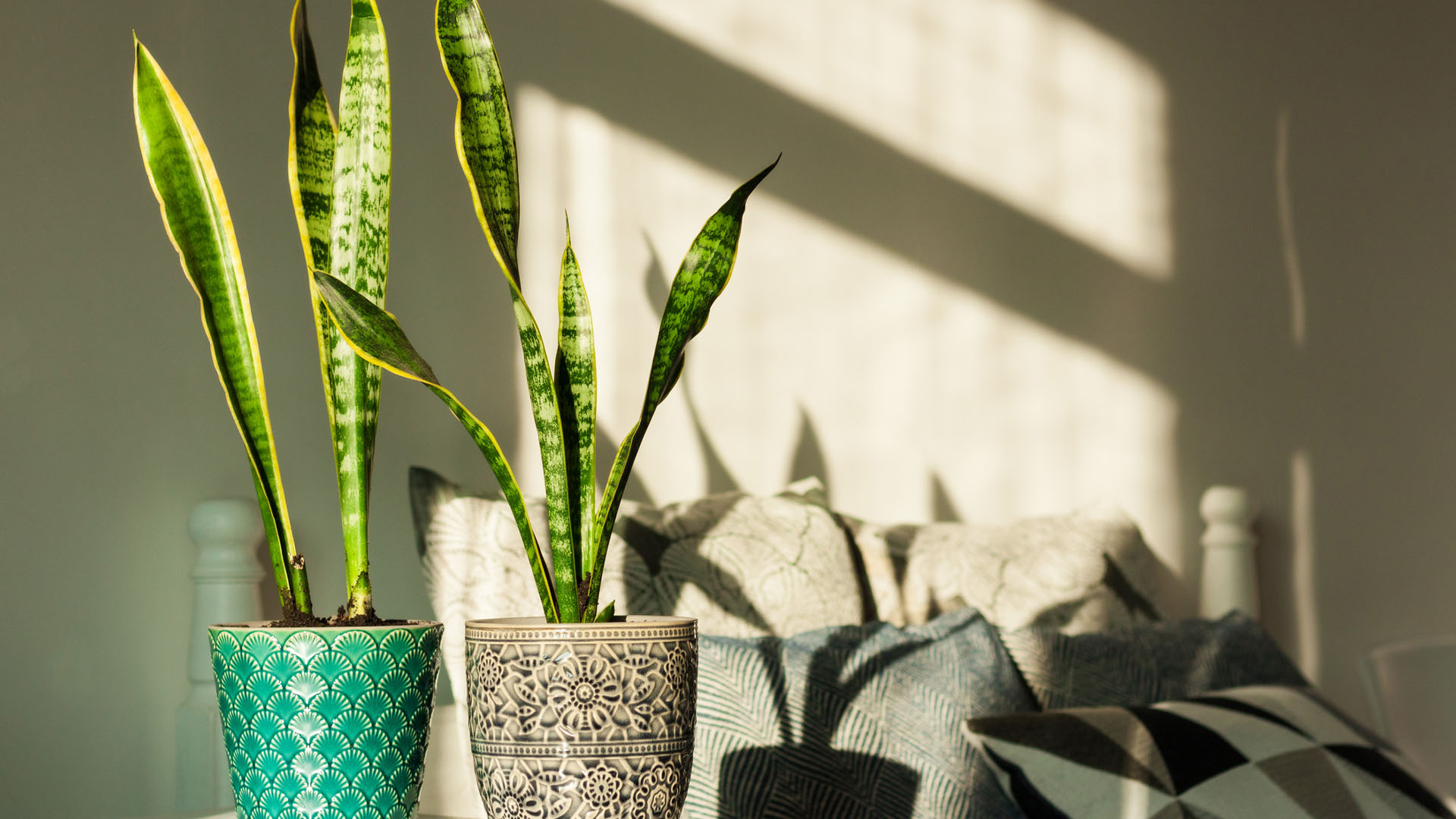
This leafy, striped plant is considered a weed in some parts of the world, which tells you exactly how hard it will be for you to kill it. It’s also a succulent, meaning it can tolerate it if you forget to water it every once in a while, and it’ll do just fine no matter how much light it gets (indirect light is best, and that can vary from high to low).
Its sword-shaped leaves come in a variety of colors, from dark to light green striped with yellow or gray. Also, it grows straight up, meaning it won’t take up a ton of space, unlike some of the sprawling vines on this list.
7. Philodendron
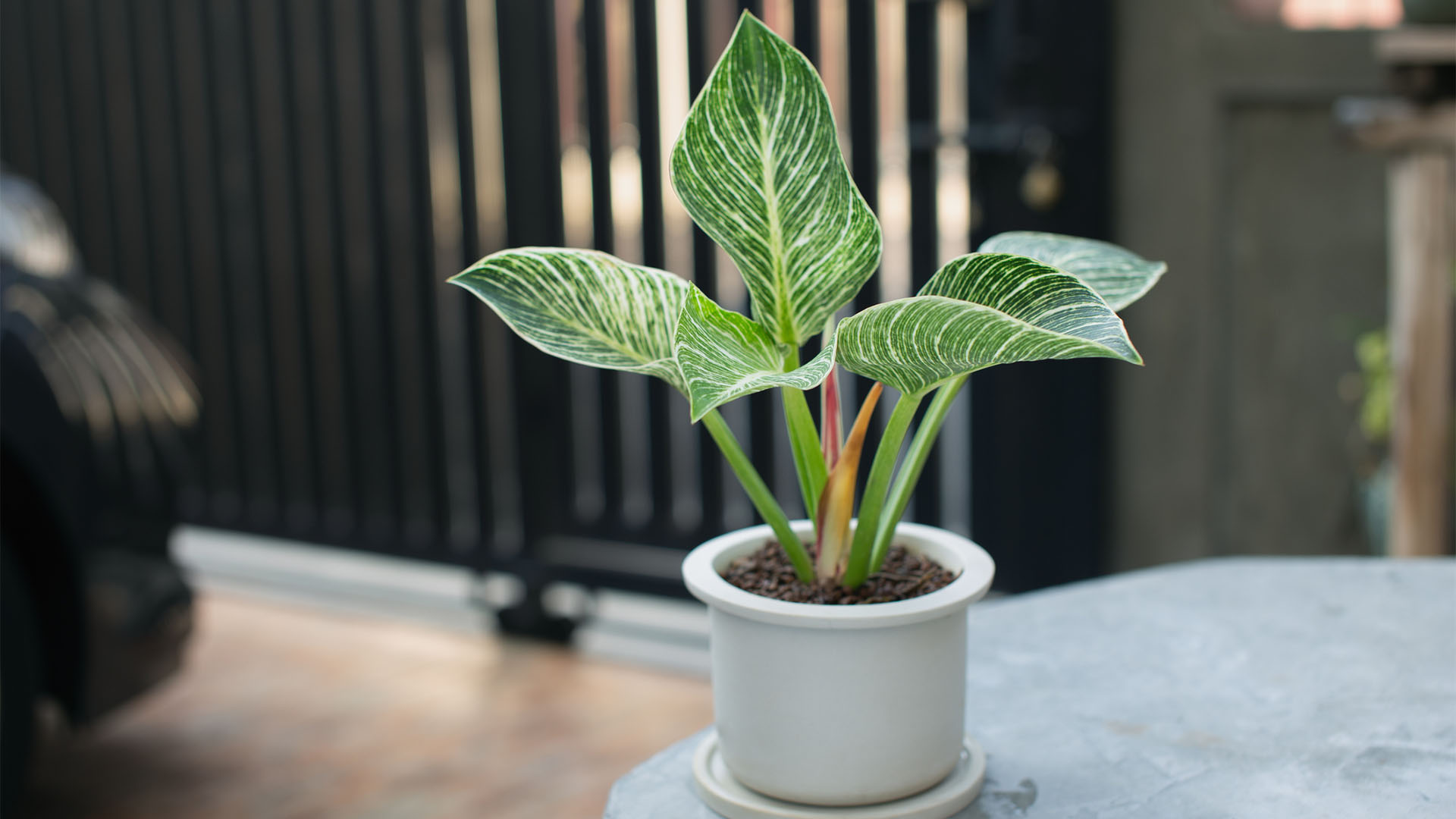
The Philodendron is yet another plant you can propagate, proof of how versatile it is. It needs only the most basic level of care: indirect light and watering once a week or two.
Since the name Philodendron is both the genus name as well as the species name, it may look a little different at different floral shops. But in general, it has solid green, heart-shaped leaves and vines that’ll grow at a regular cadence. Other varieties have reddish-green or lime-green hues instead, and some may have streaky stripes, too. If you plant it in a hanger, it’ll happily trail its vines down to the floor.
8. ZZ Plant
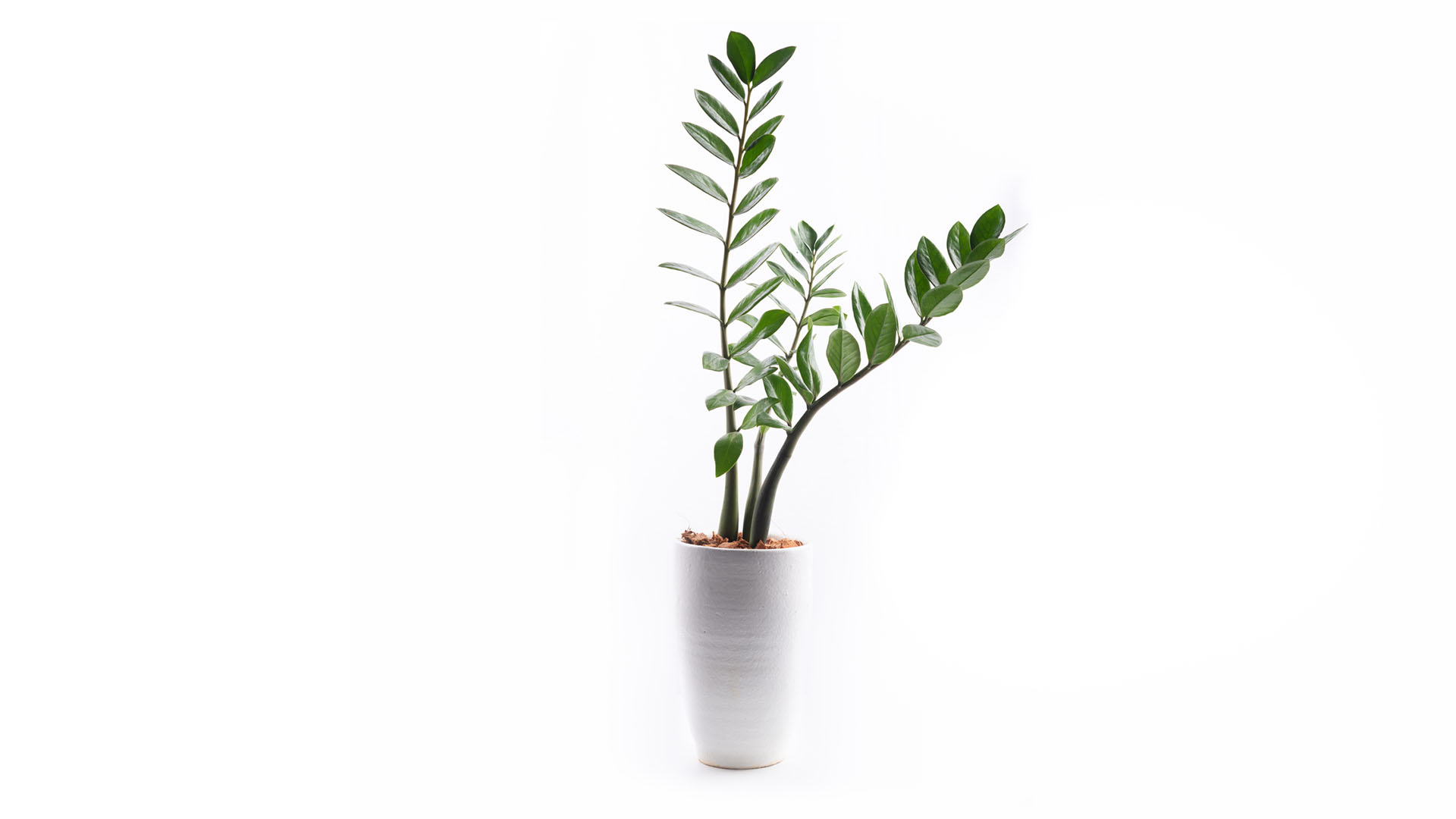
Another plant to propagate! The Zamioculcas Zamiifolia is more commonly known as the ZZ Plant for obvious reasons. It needs a low amount of light and watering, once every two or three weeks, and it has solid green rounded leaves.
It’s especially easy to care for because its roots are rhizomes, which means they’re chunky like a ginger root. The rhizomes store water, so if you forget to water this plant, it’ll keep living. Just make sure you put your ZZ Plant in a pot that’s big enough for the rhizomes to fit and grow, and it’ll keep doing just fine.
9. Ponytail Palm
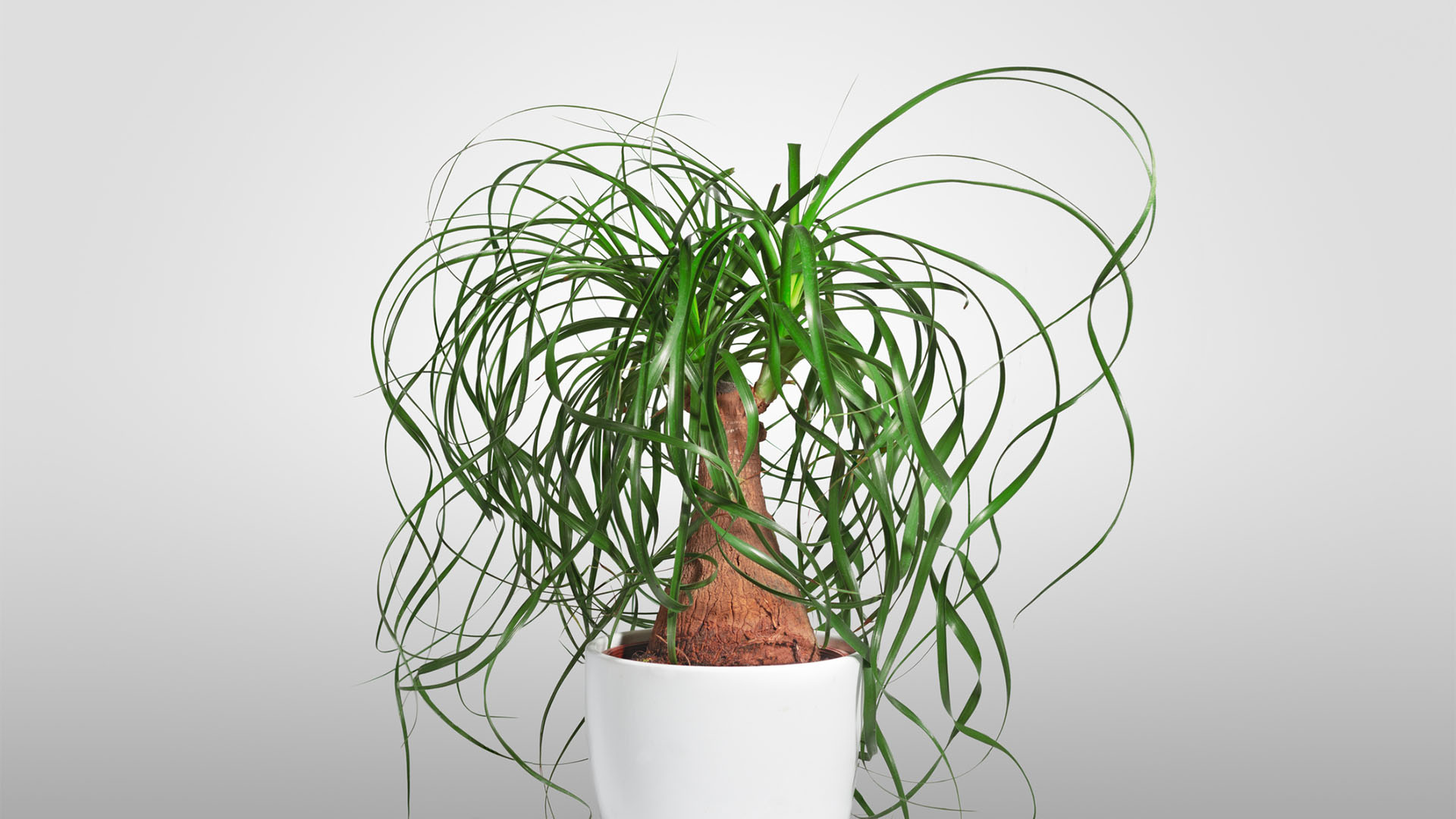
Unlike some of the other plants on this list, the Ponytail Palm is non-toxic for pets, so you can safely display it on the ground even if you have a cat or dog.
It looks like a miniature tree topped with giant blades of grass curling into, yes, a ponytail. It too is a succulent, so it’s fine with infrequent watering, indirect light, and a drier environment. It grows very slowly, so it’s a good plant for smaller spaces.
And if the blade-like leaves start to brown, you can give them a haircut with scissors to clean up the dead ends.
Rebecca Fontana has been a professional writer, editor, and content strategist for 10 years, covering everything from celebrity gossip to fitness advice. Her specialties are Broadway and baseball, and she is always in the middle of reading a book—or two or three!